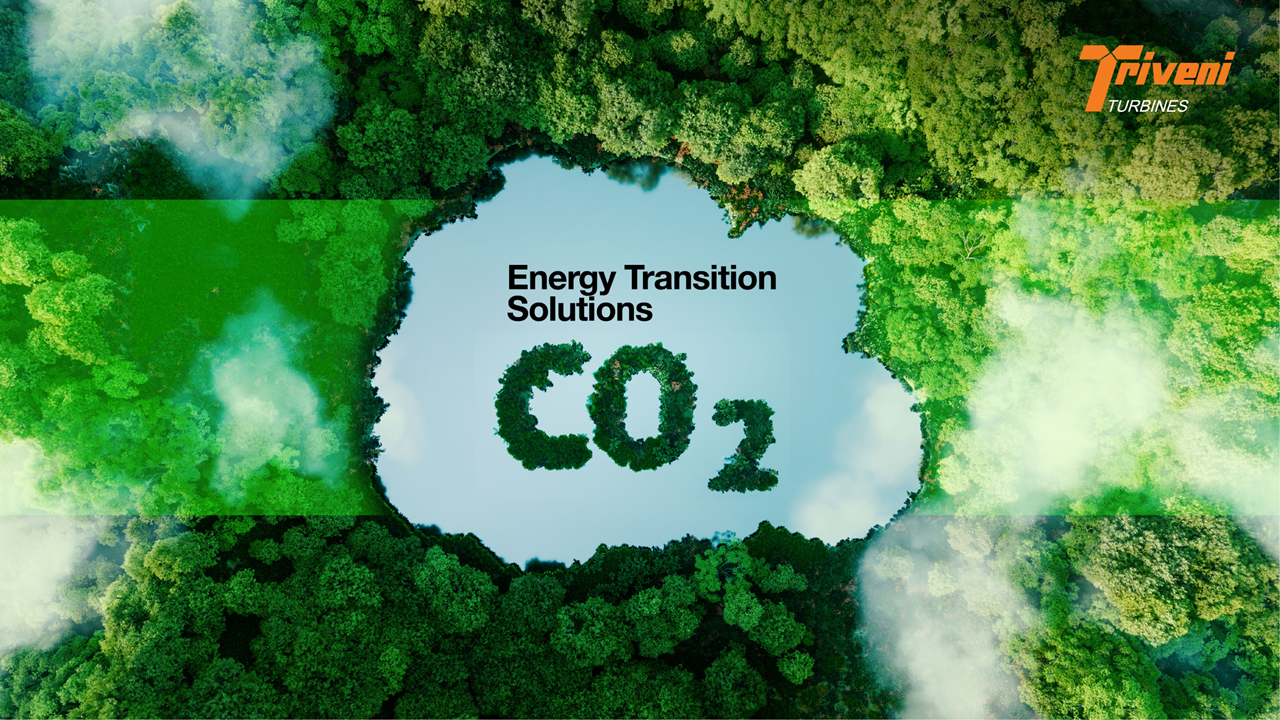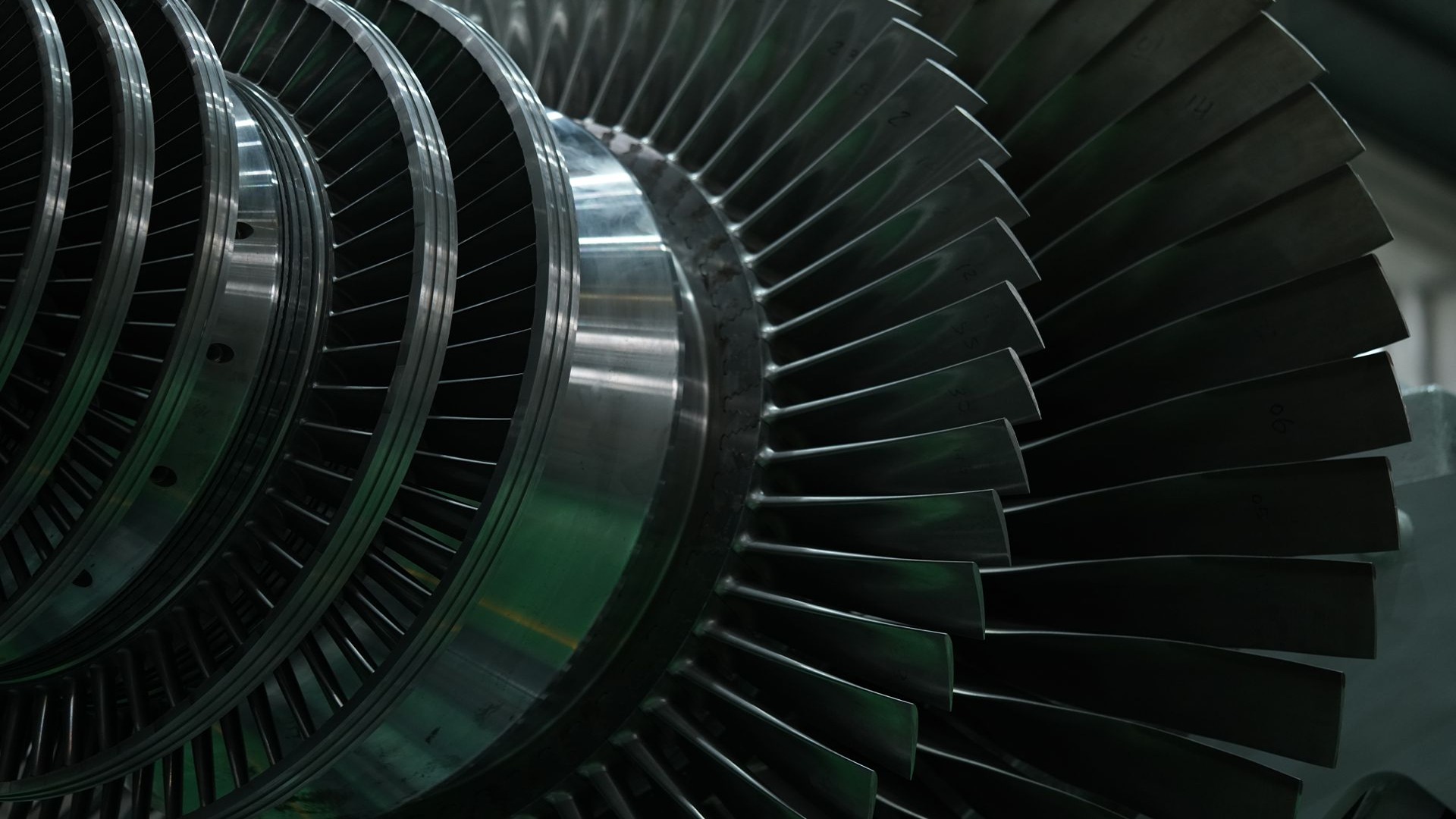
A Roadmap to Lower Emissions and Costs with CO2 Heat Pump Solutions
For industries aiming to reduce emissions without increasing operating costs, the CO₂ heat pump presents a strategic advantage. More than a sustainability upgrade, they are a high-impact investment that delivers both carbon reductions and energy savings. From industrial heating to process cooling, CO₂-based heat pump technology is emerging as a future-ready solution that meets both economic and environmental goals.
This blog outlines a three-phase roadmap for adopting CO₂ heat pump solutions: Strategize, digitalize, and decarbonize. Each phase helps decision-makers plan smarter, execute faster, and deliver long-term value. Alongside, we highlight key benefits such as reduced energy bills, lower carbon emissions, and enhanced energy security, while clearing up some common misconceptions and demonstrating why this technology deserves a place in your industrial strategy.
Phase 1: Strategize – Set the Foundation with Assessment and Target Setting
. This phase involves assessing your current energy usage, identifying thermal loads, and setting achievable emission-reduction goals. A detailed site audit helps define where energy is being lost and how much carbon your existing systems emit.
At this stage, you also evaluate the fit of a transcritical CO₂ heat pump. These systems use CO₂ as a natural refrigerant and are designed for high-performance heating and cooling. They are particularly effective in applications where high temperatures and environmental compliance are both priorities.
By establishing realistic KPIs from the initial stage, you align your operational goals with sustainability targets and pave the way for smarter future investments.
Phase 2: Digitalize – Monitor, Analyze, and Optimize System Performance
With targets in place, the next phase is all about data. Implementing monitoring systems gives your team a live dashboard of energy consumption, CO₂ emissions, and system efficiency. These tools also support predictive maintenance and allow optimization based on real-time performance insights.
When paired with a CO₂ heat pump, smart energy monitoring can significantly reduce unnecessary loads and optimize thermal delivery. These digital tools improve performance while generating valuable data for ongoing improvements and ROI analysis.
Phase 3: Decarbonize – Deploy CO₂ Heat Pump Equipment for Real Impact
Installing a CO₂ refrigerant heat pump replaces fossil-fuel-based systems with a cleaner, more efficient alternative. Adopting transcritical CO₂ heat pumps ensures regulatory compliance, advances sustainability goals, and boosts energy independence while cutting costs and emissions.
Rethinking CO₂ Heat Pumps: Clearing the Misconceptions
A common misconception is that CO₂ heat pump systems are limited to niche applications. Today, they are scalable, versatile, and compatible with a wide range of industrial operations. Another myth concerns their complexity, yet, with the right digital infrastructure, implementation is often far simpler than expected.
A Smarter, Cleaner Future Starts with CO₂ Heat Pumps
Adopting a CO₂ heat pump system is more than meeting regulatory demands; it is a strategic step towards operational excellence and sustainability. These systems cut energy costs and carbon emissions, strengthen energy security, and future-proof industrial facilities.
Triveni Turbines supports industries on this journey by providing tailored CO₂ heat pump solutions that align with your business goals and environmental commitments. With expert guidance through the strategize, digitalize, and decarbonize phases, we help you unlock the full potential of this cutting-edge technology.
Reach out to Triveni Turbines today to learn how our CO₂ refrigerant heat pump solutions can drive your business toward a cleaner, more efficient future.
.
